Introduction
Winter is a crucial time that calls for preserving the battery life of your e-scooter, preventing damage from freezing, maintaining the integrity of tires, avoiding corrosion from harsh weather conditions, and properly conducting general maintenance. Providing proper winter care and storing your e-scooter adequately ensures it remains in good condition and is available when weather conditions improve, thereby preventing long-term damage to the vehicle.
Here, we are throwing light on some ready-to-use winter care tips that you can use to prevent and procure your e-scooter during adverse weather conditions.
Table of Content [hide]
Winter Care for E-Scooters: Cleaning and Maintenance Tips
Preparing your e-scooter calls for a winter care regime that involves thorough cleaning and maintenance to protect it from harsh weather conditions. Cleaning the exterior removes dirt and debris, while drying it entirely before storage prevents moisture, thereby saving your e-scooter against rust and corrosion. Additionally, applying protective coatings and lubricating moving parts makes it ready once the winters subside.
Keeping your e-scooter clean and looking after its maintenance daily, ensures it runs smoothly through extended periods. There are various benefits of the same. You can learn about the step-by-step process of cleaning your e-scooter alongwith the right materials list through this guide to make your vehicle shine at all times.
Winter Care: E-Scooter Storage Tips - Indoors Vs Outdoors
Opting for the optimal storage location for your e-scooter involves considering factors that impact its longevity and safety. Here, you can compare indoor and outdoor storage options and choose the one for you.
Indoor Storage:
Security: It is more secure and practical for prevention against theft and vandalism, securing it against any unauthorized access.
Protection from Elements: It prevents the vehicle from harsh weather conditions that include rain, snow, or extreme temperatures, thereby preventing it from any weather-related damage, including rust and corrosion.
Temperature Control: Indoor storage offers temperature control that benefits lithium-ion batteries. Moreover, stable temperatures help in preserving overall performance and battery life.
Convenience: Indoor storage provides convenient access for charging, maintenance, or quick ride of your e-scooter.
Outdoor Storage:
Space considerations: Lacking indoor space makes outdoor storage necessary for storing your e-scooter. However, you need to make sure it is secured.
Covered Shelter: You can also provide a covered shelter like a built scooter for shielding it against direct exposure to sunlight, rain, or snow.
Ventilation: Outdoor storage offers natural ventilation and reduces the risk of condensation and mold growth.
Accessibility: Make sure the outdoor storage location has easy accessibility for maintenance, charging, and regular checkups.
Criteria for Decision:
Climate:
Look for your location's climate. Indoor storage is more advantageous if winters are harsh with snow and freezing temperatures. However, you can opt for outdoor storage for milder and moderate climates.
Security Concerns:
Indoor storage must be prioritized if your area calls for a significant theft concern.
Convenience vs. Protection:
Comparing the outdoor storage convenience against enhanced protection provided by indoor storage is a must before opting for one. Ensure you find a balance that aligns well with the level of care and lifestyle you wish to have for your e-scooter.
As a final call, specific circumstances and priorities help decide the proper storage location for your e-scooters. Be it endorsed or outdoors, protective measures such as covers and secured storage spaces are required to keep the vehicle in optimal condition.
Protect Your Battery: Ensuring Your E-scooter's Longevity in Winters
The battery is among the main components that keep your e-scooter running for a daily commute or adventure purposes. Protecting it against harsh weather conditions like winters ensures its long life. Here are a few winter care tips you can follow for the same.
- Make sure to fully charge your e-scooter battery before storing it for an extended period, making it less susceptible to damage in cold temperatures.
- Prevent your e-scooter from extreme temperatures and moisture.
- Conduct regular winter maintenance checks for tires, brakes, and other components. Look for loosened bolts and promptly address issues to prevent worsening during storage.
- Check for the manufacturer's recommendations for winter storage and follow the guidelines.
- Keep your e-scooter on an elevated surface and avoid direct ground to prevent corrosion.
Besides following these winter care tips, knowing about charging your e-scooter battery correctly daily is necessary. Plus, knowing about a few additional things like battery lasting capacity, correct charging techniques and prolonging battery life tips can help, making it ready to rock all the year round.
Covering Your E-Scooter for Winter Care: Use of Protective Covers and Materials
Covering your e-scooter using a protective cover during the winter season or time intervals when it is not in use is a good practice for safeguarding it from potential damage. Here, we give you a few details regarding using protective covers and materials for your e-scooter during winter care.
Material:
Winter care calls for opting for a cover that is made from a waterproof and breathable material, which aids in preventing water from seeping in. Also, it should allow moisture to escape and avoid condensation and mold growth, which is prominent during winters.
Size and Fit:
Choosing a cover designed for your e-scooter model or that offers adjustable sizing makes it a good fit for your vehicle as a part of winter care. It also ensures maximum protection by covering your e-scooter from all sides.
Ventilation:
Ensure ventilation features such as mesh panels or built-in vents when looking for covers. Adequate ventilation helps prevent condensation and maintain a dry environment while the vehicle is under the cover during winter.
UV Protection:
UV rays fade your scooter's paint, degrade its plastic, and affect electronic components over a specified period. So, choosing a UV-resistant cover safeguards your e-scooter from sun damage.
Ease of Use:
Opting for covers with access panels or zipper openings makes it convenient to reach its scooter parts easily without removing the entire cover while opting for winter care. It also becomes useful when you need to charge the battery.
Security Features:
You may find some covers with a built-in loop or strap that aids in securing the cover of your e-scooter. It also helps prevent theft, ensuring the cover stays in place during windy conditions.
Storage Bag:
Most scooters come with covers and a storage bag to use when the vehicle is unused. It makes carrying or storing the cover convenient in a small place.
Indoor vs. Outdoor Covers:
If you are storing your e-scooter indoors as a part of winter care, you will need a lightweight cover emphasizing less extreme weather resistance. However, outdoor storage requires a heavy-duty cover to withstand snow, rain, and harsh sunlight.
Maintenance:
Ensure you choose a cover that is easy to maintain and clean, especially during winter. Opting for a cover that can be easily cleaned manually or is machine washable makes your work easier.
Conclusion
Being a vehicle of convenience, an e-scooter is easier to use for daily commutes or adventure trips. However, cleaning and maintaining your e-scooter is also a task. The decision to store it in an outdoor or indoor location is also crucial. Therefore, following our given tips for the same can help.
As a final note of information, practical storage tips and tricks help implement proper winter care for your e-scooter. Moreover, it is an intelligent investment in increasing the vehicle's performance and longevity. Safeguarding the car against cold, preserving its battery, and protecting the components from harsh conditions ensure its readiness for action when the winter chill subsides.






 S2
S2
 KS4 Pro
KS4 Pro
 MAX Pro
MAX Pro

 S2 Lite
S2 Lite

 Light-Weight & Portable
Light-Weight & Portable
 Long Range
Long Range
 For Heavy Riders
For Heavy Riders
 Big Wheel
Big Wheel
 With Seat
With Seat
 Fast
Fast

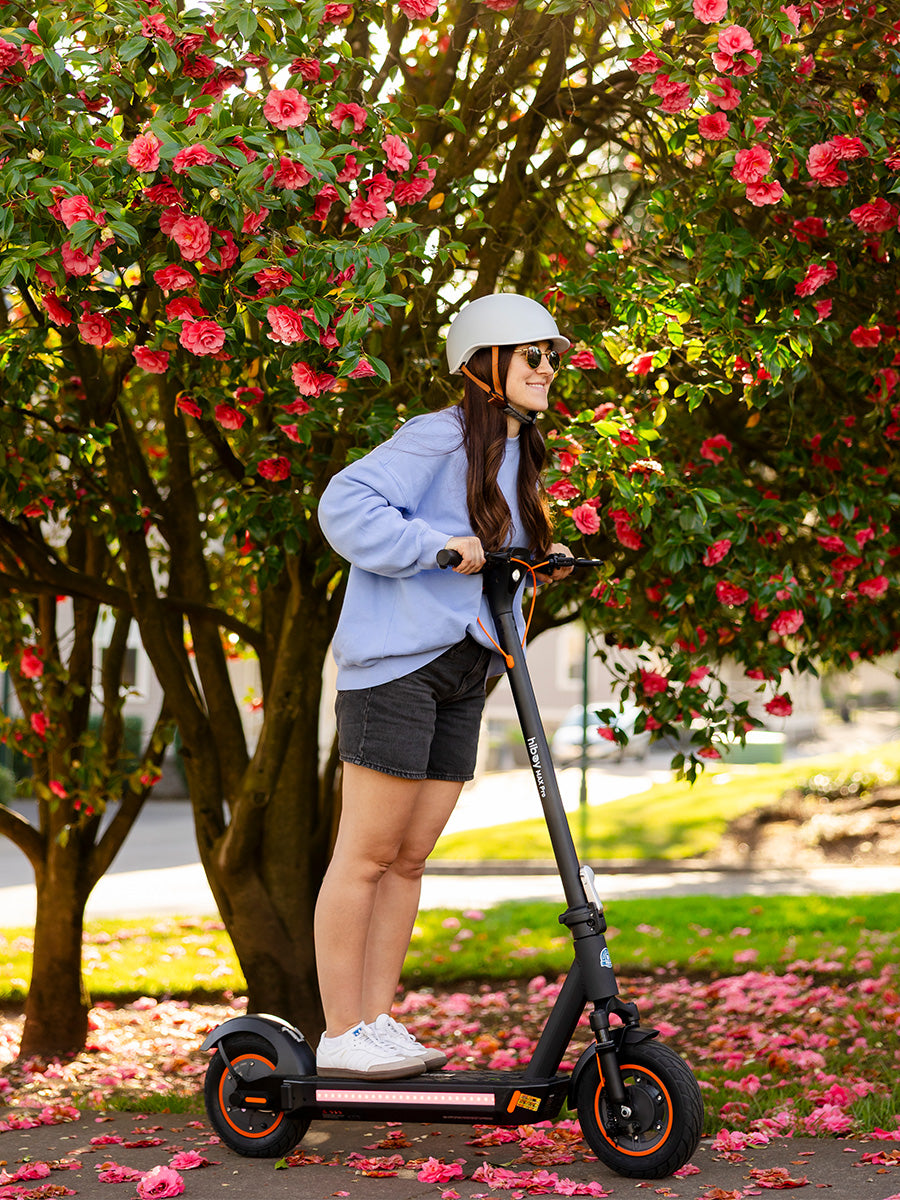


 EX6
EX6
 P6
P6
 C1
C1
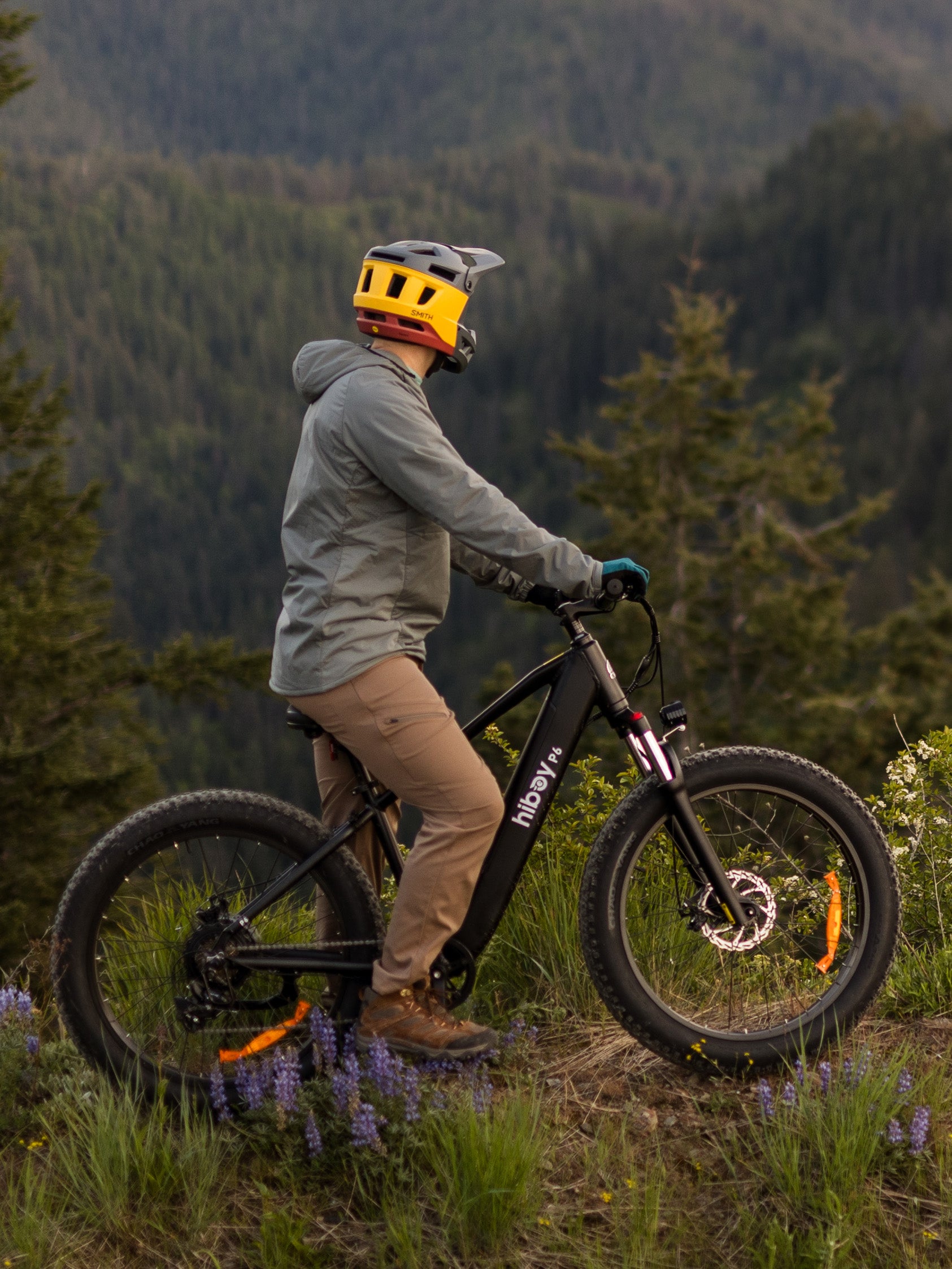
 DK1
DK1
 BK1
BK1

 Q2 Lite-A
Q2 Lite-A
 U2 Lite
U2 Lite
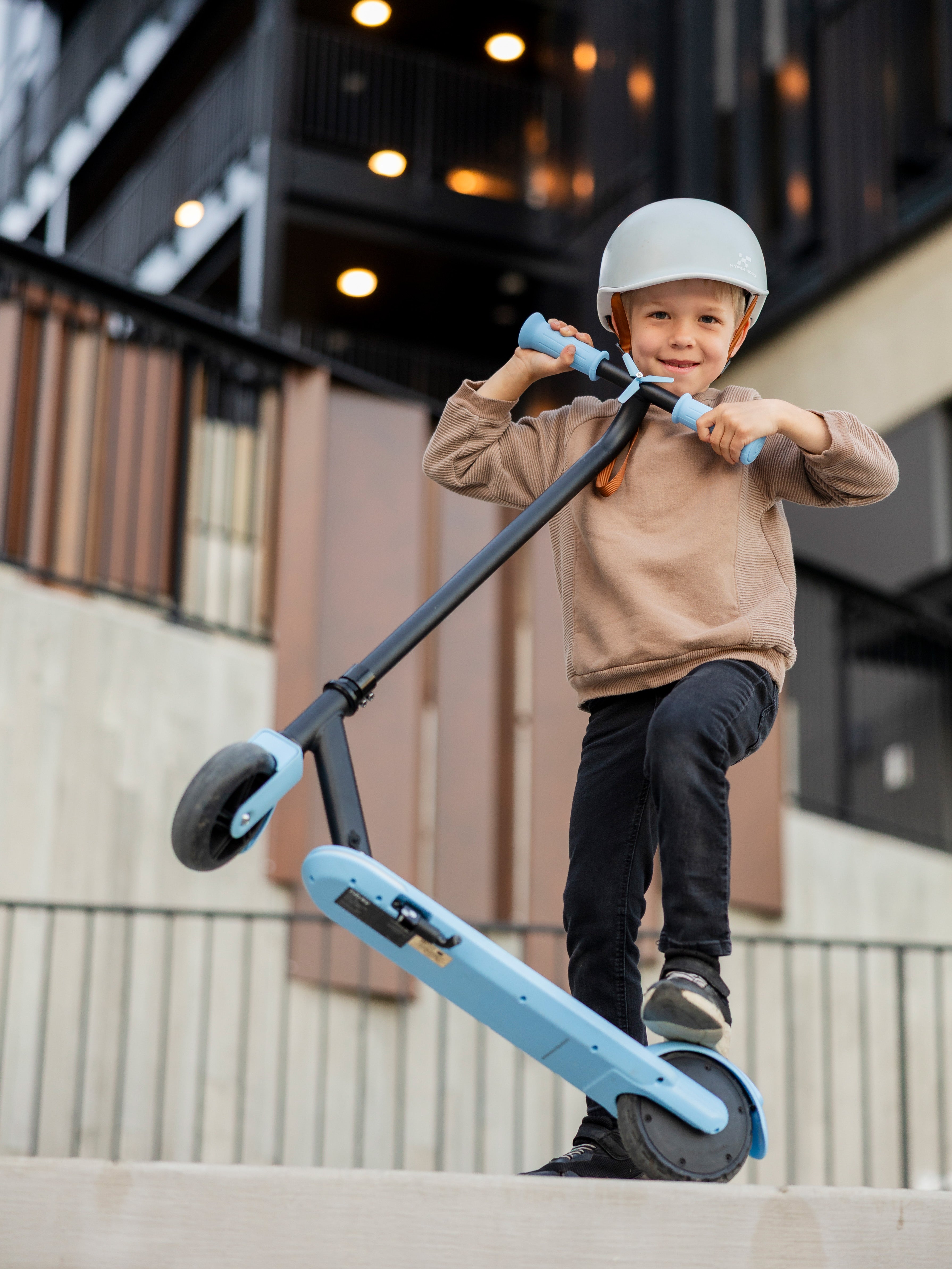
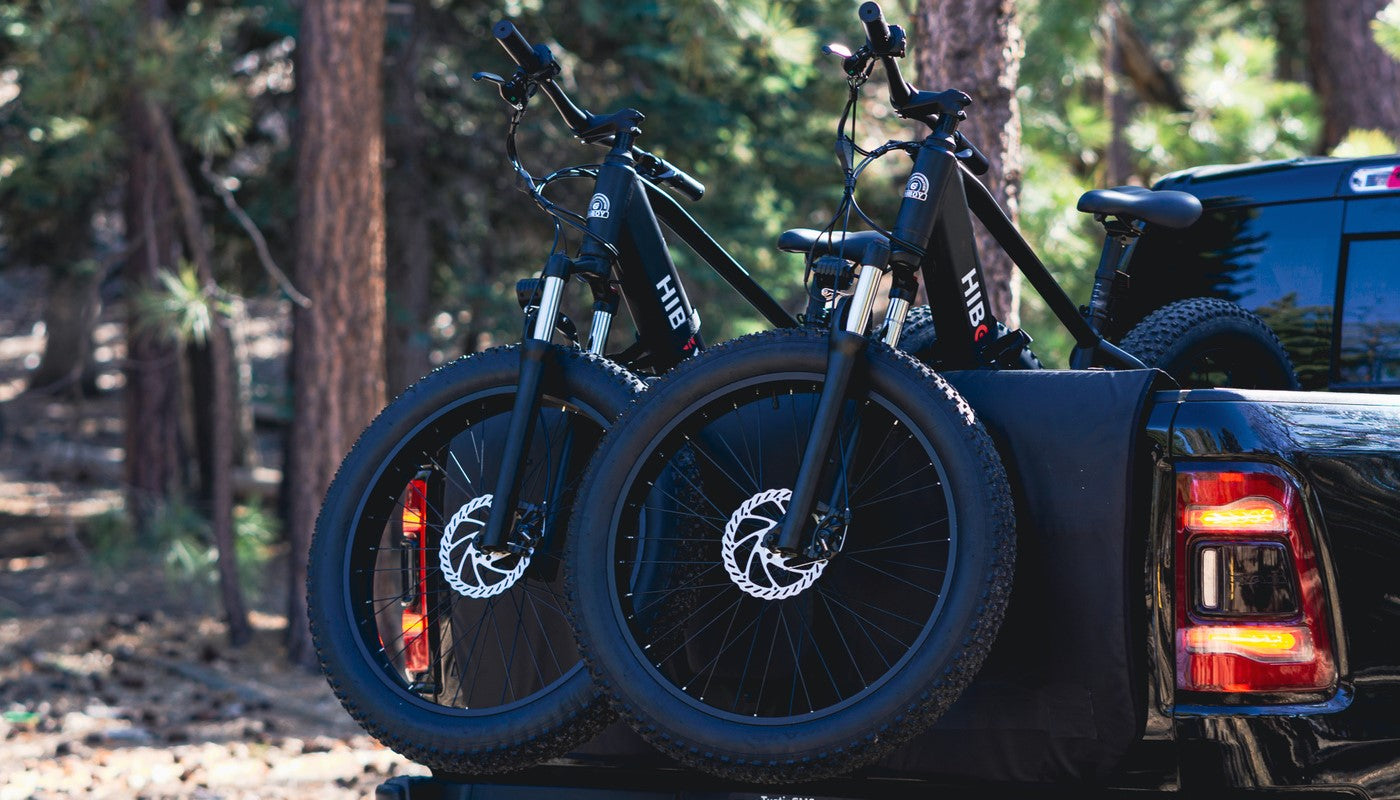
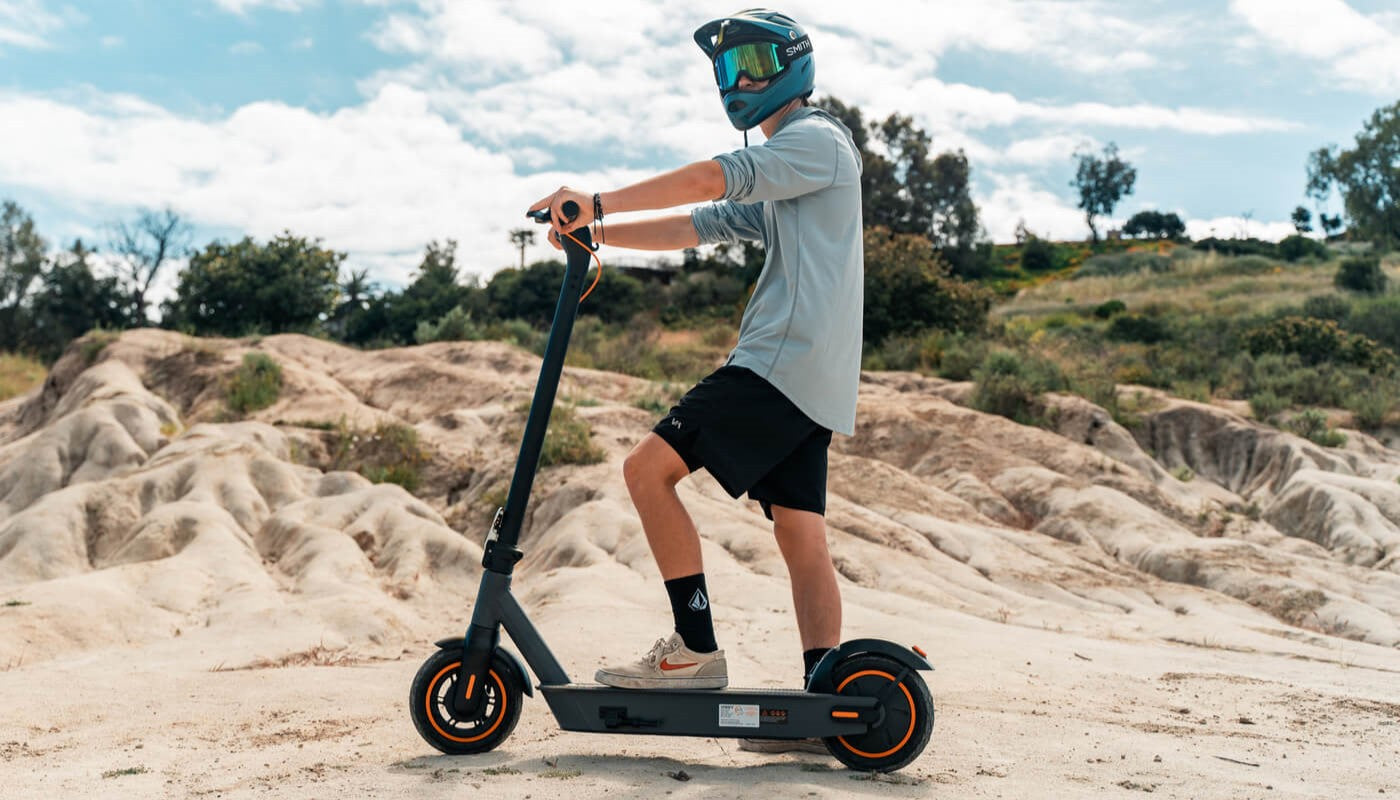






Leave a comment
All comments are moderated before being published.
This site is protected by hCaptcha and the hCaptcha Privacy Policy and Terms of Service apply.